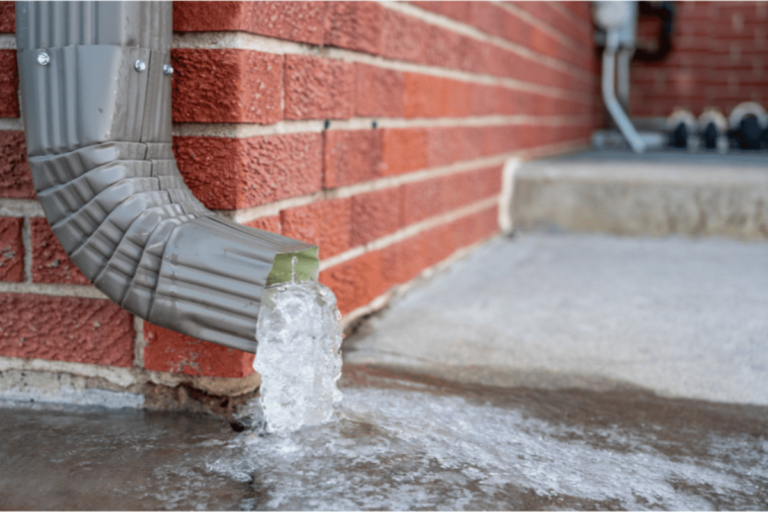Introduction
Blocked drains can be a significant headache for homeowners, causing inconvenience, potential damage to properties, and unsanitary conditions. Traditional methods of repairing blocked drains often involved extensive excavation and costly replacements.
However, advancements in plumbing technology have introduced a game-changing solution: pipelining. In this blog post, we will explore the innovative technique of pipelining in effectively resolving blocked drain issues, offering homeowners a cost-effective, minimally invasive, and long-term solution to their drainage problems.
Understanding Pipe Lining: A Game-Changing Solution for Blocked Drains
- What is Pipe Lining?
Pipe lining, also known as cured-in-place pipe (CIPP) lining, is a trenchless method of repairing damaged or blocked drain and sewer pipes. It involves creating a new, seamless “pipe within a pipe” using a specialized resin-saturated flexible tube. The new lining not only restores the structural integrity of the pipe but also seals off any existing defects or blockages. - How Pipe Lining Resolves Blocked Drains
When a drain pipe becomes blocked due to factors such as root intrusion, debris buildup, or age-related deterioration, traditional repair methods typically involve excavating the affected area and replacing the damaged section of the pipe. This process can be disruptive, time-consuming, and costly. Pipe lining on the other hand offers a more efficient and non-disruptive alternative. The new lining reinforces the existing pipe, effectively sealing off blockages and restoring proper drainage flow.
The Benefits of Pipe Lining for Blocked Drain Repair
- Minimally Invasive: Pipelining eliminates the need for extensive excavation, preserving landscaping, driveways, and other structures that would otherwise be disrupted during traditional repair methods. This makes it an ideal solution for homeowners looking to minimize the impact of drain repairs on their properties.
- Cost-Effective: The reduced labour and material costs associated with pipe lining translate into significant savings for homeowners. By avoiding the need for extensive excavation and restoration, pipe lining offers a cost-effective alternative to traditional drain repair methods.
- Durability and Longevity: The new lining created through the pipe lining process is highly durable and resistant to common issues such as root intrusion, corrosion, and debris buildup. This ensures long-term performance, providing homeowners with peace of mind regarding the reliability of their drain repair solution.
- Time-Efficient: Pipelining requires significantly less time to complete compared to traditional repair methods. This means homeowners can expect minimal disruption to their daily routines and a swift resolution to their blocked drain issues.
The Process of Pipe Lining: From Assessment to Restoration
- Initial Assessment: A professional plumbing team begins by conducting a thorough inspection and assessment of the blocked drain to determine the extent of the damage and the viability of pipe lining as a solution.
- Cleaning and Preparation: The affected drain pipe is thoroughly cleaned and prepared to ensure optimal adhesion of the new lining material.
- Lining Installation: A resin-saturated lining tube is inserted into the damaged pipe, and an air or water pressure inversion method is used to invert and mold the lining material to the interior of the existing pipe. This process ensures a seamless and secure fit, effectively sealing off blockages and restoring the structural integrity of the drain line.
- Curing and Completion: Once in place, the new lining is cured in position using hot water, steam, or UV light. The cured lining effectively serves as a newly reinforced and functional drain pipe, ready to provide reliable drainage flow for years to come.
Preventive Measures and Maintenance Tips for Long-Term Drain Health
- Regular Inspections: Periodic inspections by professional plumbers can help detect early signs of potential blockages or damage, allowing for timely intervention and preventive maintenance.
- Mindful Disposal: Educating household members about responsible disposal practices, such as avoiding flushing non-biodegradable items down the toilet or pouring grease and oil down the sink, can significantly reduce the risk of potential blockages.
- Professional Maintenance: Seeking professional drain cleaning services on a scheduled basis can help prevent debris buildup and maintain optimal drain performance.
Conclusion
Blocked drains pose a common and frustrating issue for homeowners, but the innovative solution of pipe lining has revolutionized the way such problems are addressed. With its minimally invasive nature, cost-effectiveness, and long-term durability, pipe lining offers homeowners an efficient and reliable way to resolve blocked drain issues.
Through its seamless installation process and preventive maintenance measures, pipe lining stands as a game-changing advancement in the world of drain repair, providing homeowners with the peace of mind of a dependable and long-lasting solution.

